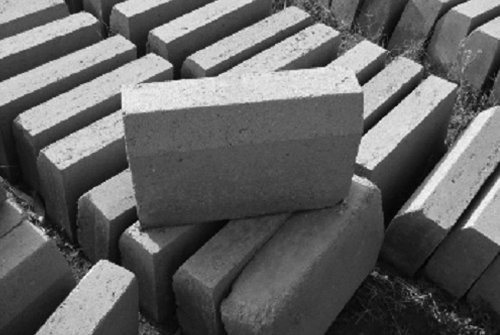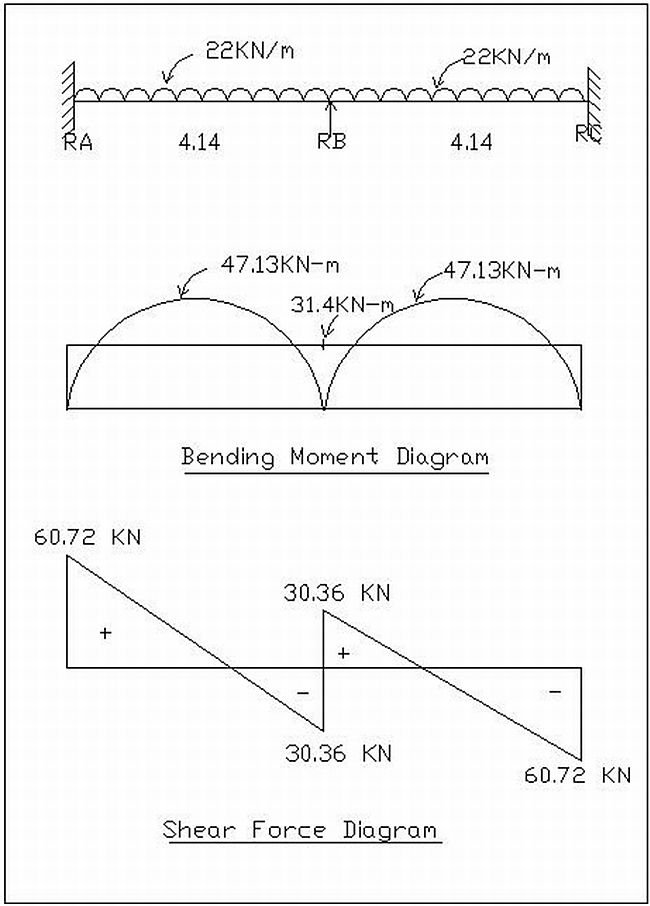Construction of Conduits | Civil Engineering
In the previous article, we discussed “Types of Underground Conduits”. Now we will proceed with our discussion on “Construction of Conduits”.
Underground conduits can also be termed as buried conduits. They are constructed in variety of shapes with different materials used for construction.
Load on the conduit
The characters of the conduit determine the load withstanding capacity of the conduit. They are as follows:
- Material of the conduit
- Shape
- Type of the support
For example:
If we take the example of a concrete conduit (rigid material), the load that the concrete conduit can withstand would depend on the following:
- Strength of the concrete pipe
- Quality of the foundation bedding
How to determine the strength of the conduit?
A three edge bearing test has to be conducted in order to determine the strength of the conduit.

This test simulates a very severe loading condition which would rarely occur in the actual conduits. This helps us determine the maximum load the conduit can take. It has been seen that the conduits can take greater load than that obtained in the test.






